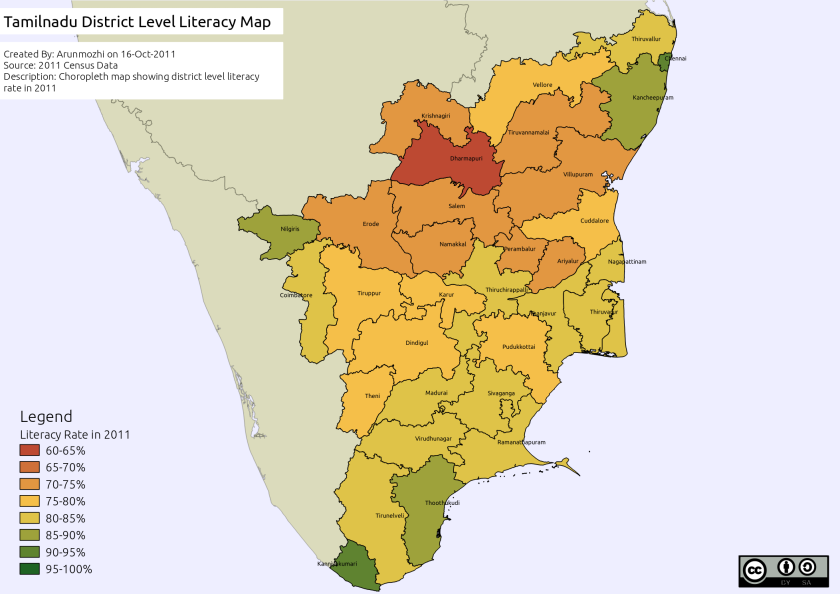“AI is supercharging the creation of maps around the world” is a very interesting development in OSM mapping. It perhaps will reduce the number of hours required to map areas by at least a couple of orders of magnitude.
Automatic feature extraction is nothing new of course. People have been doing it for decades. I should know, I spent two years mastering (supposedly) on Remote Sensing, the domain that deals with capturing information about the earth using satellites and extracting useful information from the captured data. The traditional remote sensing workflow uses techniques like Supervised Classification and Unsupervised Classification for feature extraction. The beauty of machine learning algorithms is that models can be built which can merge these two classification techniques and automate the process.
OSM community AFAIK stayed away from automated data generation mostly because the work involved in cleaning up bad data is more difficult and tedious than in creating new data. It looks like the collaboration from HOT OSM and the development of RapID (enhanced ID), the process put in place ensures that only quality data goes into the system preventing the issues of bad data from happening.
While it is all colourful for the OSM community, the question with profit seekers like Facebook is always what’s the catch? I tend to think there is no catch for the OSM community and that FB has decided to invest some money in the OSM so that they can use the fruits of community work for their benefits. It looks like a mutually beneficial arrangement. The community gets the resources from FB to create a better dataset and FB gets the data for its usage. I am sure FB will extract more value out of their investment in the long run and reap more benefits than the community. They will obviously have their own data layers on top of the OSM data, they will overlay all sorts of tracking data and enhance their capabilities as a surveillance machine. But all that is left to them and their corporate interests.
For now this is a good thing and doesn’t seem to do any harm to OSM.


